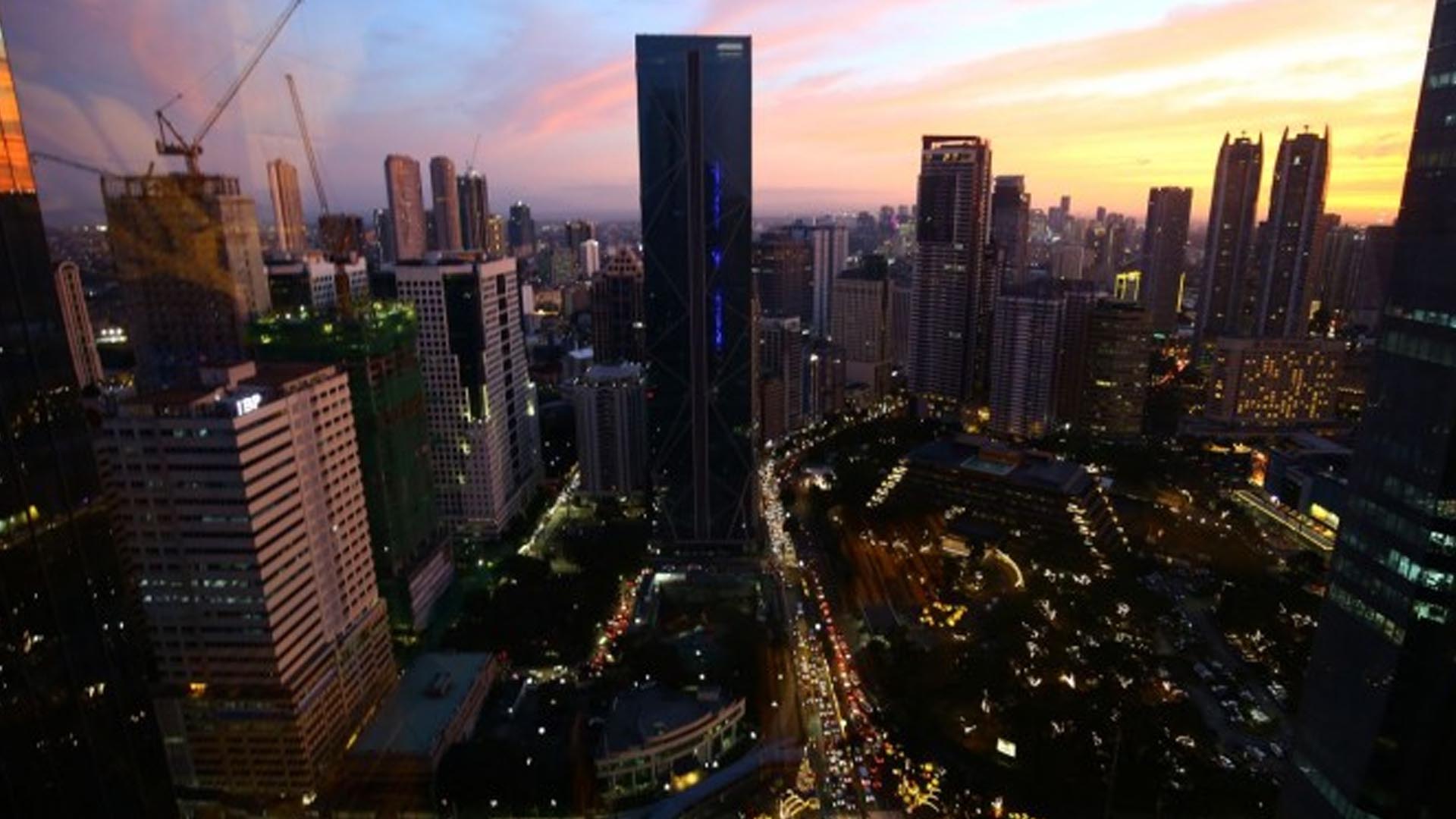The Philippine economy has so far grown by more than 6 percent since President Ferdinand R. Marcos Jr. took office in 2022.
Economic managers earlier said Philippine economic growth from the third quarter of 2022 to the first quarter of 2024 hit an average of 6.1 percent.
For the first quarter of 2024 alone, the Philippine economy expanded by 5.7 percent, outperforming Indonesia (5.1 percent), Malaysia (4.2 percent), Singapore (2.7 percent), and Thailand (1.5 percent).
“Despite external headwinds, we are expected to continue surpassing most emerging economies, finishing strong at 6.0 (percent) to 7.0 percent in 2024 and expanding further to 6.5 (percent) to 7.5 percent in 2025, roughly consistent with the average growth forecasts of multilateral organizations,” the Development Budget Coordination Committee has said.
Latest projection from the International Monetary Fund (IMF) and the Asian Development Bank (ADB) showed that the Philippine economy is poised to grow by at least 6 percent in 2024 and 2025.
The IMF projects Philippine economic growth to settle at 6 percent this year before accelerating to 6.2 percent in 2025.
The ADB, in a report released on Tuesday, also noted that the Philippines is poised to grow by 6 percent in 2024 and 6.2 percent in 2025.
“Domestic demand, along with a recovery in merchandise exports, drove the 5.7 percent GDP (gross domestic product) growth in Q1 (first quarter) 2024. Household consumption growth, while below last year’s level, remained the main contributor supported by low unemployment and remittances from overseas workers,” the ADB said in its Asian Development Outlook report.
The ADB said public infrastructure spending also continued to boost growth.
According to the ADB, merchandise exports rebounded, particularly electronic products, while services exports remained buoyant, including tourism and business process outsourcing.
“Moderating inflation and expected monetary easing in the second half of 2024 will support household consumption and investment,” it added.
Sustaining growth
National Economic and Development Authority (NEDA) Secretary Arsenio Balisacan, meanwhile, said that while the economy showed continued growth, developing the country’s infrastructure, as well as diversifying growth drivers, would help sustain economic growth in the long term.
“By expanding and upgrading our infrastructure, we aim to create enabling conditions for high-quality job creation for millions of Filipinos, raise the competitiveness of our local industries, diversify our growth drivers to strengthen economic resilience, and enhance regional connectivity by linking our leading and lagging regions,” Balisacan said.
The Marcos administration, he said, is committed to creating an environment conducive to infrastructure development as reflected in the Philippine Development Plan (PDP) 2023-2028, which outlines the country’s socioeconomic transformation agenda.
The PDP aims to address the challenges plaguing the country’s infrastructure sector, which many observers and analysts perceive as a significant barrier to investment opportunities.
“The Marcos administration was quick to act, and I believe we have made a strong start these past two years. The government enacted and implemented key policy reforms and initiatives to create a more enabling policy and regulatory environment for investment and economic growth,” Balisacan said.
He noted that critical to achieving the 5 percent to 6 percent annual target infrastructure spending to GDP is the continued evaluation, approval, and rollout of the 185 Infrastructure Flagship Projects under the “Build Better More” program.
These big-ticket projects spanning various sectors are collectively valued at PHP9.54 trillion, or approximately USD163 billion.
To date, three projects are already completed — the Samar Pacific Coastal Road Project, Integrated Disaster Risk Reduction and Climate Change Adaptation Measures in the Low-Lying Areas of Pampanga Bay Project, and the Flood Risk Improvement and Management Project for Cagayan de Oro River.
Balisacan said 63 other projects are underway, 31 more have been approved for implementation, six are awaiting government approval, and 82 are in the preparation stage.
Aside from infrastructure development, he also cited the need to boost investments and improve export performance.
“While we continue to buoy consumption and enhance services, we must reinvigorate the other pillars of economic growth – investment and exports, particularly manufacturing and agribusiness – to sustain growth and make it more resilient in the years and decades to come,” Balisacan said. (PNA)







